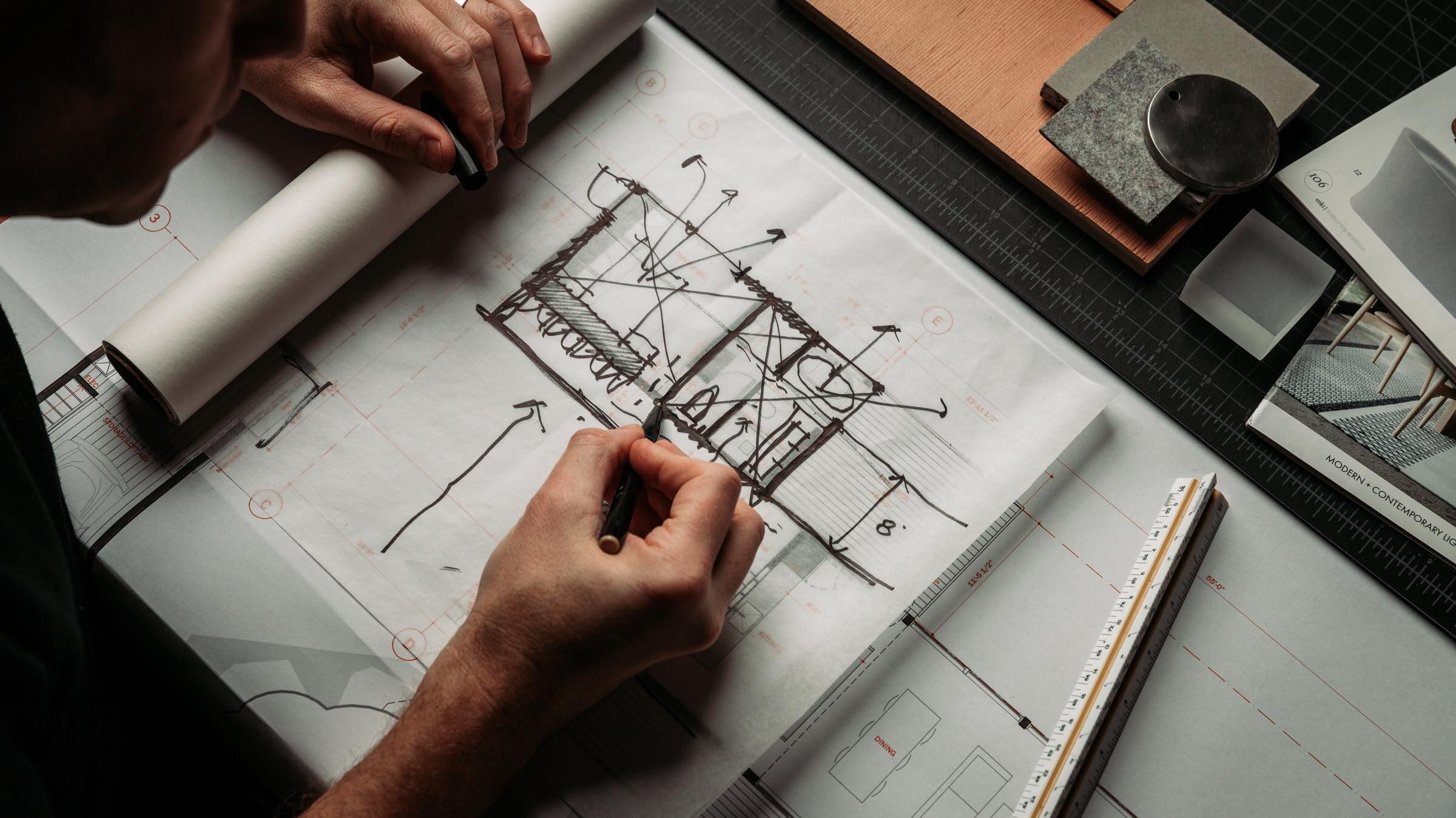Discover Prize-winning Tasks by Prominent CDA Architects
Wiki Article
A Thorough Review of Architectural Styles and Their Influence on Modern City Preparation and Development
Architectural designs have long offered as a mirror to the social values and technical innovations of their time, playing a critical function in shaping modern-day city planning and growth. From the magnificence of Neoclassicism to the utilitarian technique of Brutalism, each style has actually introduced unique ideas that influence metropolitan appearances and performance.Historic Summary of Building Styles
Throughout background, architectural designs have progressed in response to cultural, technical, and environmental variables. Each period mirrors the prevailing worths, beliefs, and improvements of its time, resulting in an abundant tapestry of design that symbolizes human creativity and adjustment. The old civilizations, such as the Egyptians and Greeks, established fundamental styles that stressed balance and percentage, serving both practical and visual purposes.As cultures transitioned via the Middle Ages, Gothic style arised, characterized by its verticality and detailed detailing, matching the spiritual goals of the period. The Renaissance marked a rebirth of classical suitables, combining art and architecture in ingenious means that influenced subsequent styles across Europe.
The Industrial Transformation presented new products and construction techniques, triggering activities like Innovation, which tested conventional types and welcomed simpleness and functionality. The 20th century saw a diversity of designs, with Postmodernism reacting against the stark minimalism of its predecessor, integrating historic references and eclectic aspects.
Today, architectural styles proceed to advance, driven by globalization and sustainability concerns, mirroring a vibrant interplay in between heritage and development. This historical overview highlights the value of architecture as a mirror of societal advancement and as a stimulant for city growth.
Secret Architectural Styles Explained
The diversity of architectural designs mirrors the myriad impacts that shape our developed setting, each personifying distinctive attributes and social relevances. Secret architectural styles consist of Timeless, Gothic, Baroque, Modernism, and Postmodernism, each representing unique historic contexts and visual approaches.Timeless design, rooted in ancient Greece and Rome, stresses balance, percentage, and the usage of columns. In contrast, Gothic style, growing between Ages, is identified by sharp arches, ribbed safes, and flying buttresses, producing an aerial high quality in cathedrals. Baroque style, emerging in the 17th century, is marked by grandeur, intricate embellishment, and a dynamic interaction of light and shadow.

Recognizing these styles offers insight right into the social narratives and technological improvements of their corresponding eras, highlighting exactly how architecture serves not simply as a sanctuary, however as a representation of social values and ambitions.
Impact on Urban Planning
In forming the advancement of cities, building styles significantly affect urban preparation decisions. The option of building style often determines the looks, functionality, and general character of metropolitan environments.Moreover, building styles can influence zoning policies and land make use of policies. Urban coordinators have to think about the dominating architectural fads when designing districts, ensuring that brand-new advancements harmonize with existing frameworks. This consideration fosters natural urban landscapes and improves area identity.
The implementation of details architectural styles can additionally influence socioeconomic variables within a city. For instance, high-end modern layouts may bring in upscale locals and businesses, leading to gentrification, while a lot more affordable housing remedies may prioritize sensible and sustainable layouts to suit varied populations. Ultimately, the interaction in between building designs and city planning produces dynamic cities my website that mirror both historic context and modern requirements, shaping the lived experiences of their citizens.
Sustainability and Modern Design
Building designs play an essential role in addressing contemporary challenges, especially in the world of sustainability. As metropolitan locations broaden and environmental concerns intensify, contemporary design progressively embraces sustainable style principles that focus on power effectiveness, source preservation, and marginal ecological impact.Contemporary architectural motions, such as biophilic layout and environment-friendly architecture, supporter for frameworks that integrate with their surroundings, using natural products and advertising biodiversity - cda architects. These styles frequently integrate renewable resource sources, such as photovoltaic panels and wind turbines, to lower dependence on nonrenewable fuel sources and lower carbon impacts
Additionally, the integration of innovative technologies, such as clever building systems, boosts energy management, enhancing source usage while ensuring owner comfort. Cutting-edge water administration techniques, consisting of rainwater harvesting and greywater recycling, additional contribute to sustainable city atmospheres.
Notably, sustainability expands beyond ecological problems; it includes social and financial dimensions also. By promoting area well-being and promoting inclusivity, contemporary building styles align with sustainable advancement objectives. Consequently, the development of building methods proceeds to shape resilient cities that not only satisfy the demands of the here and now but additionally safeguard the future for generations to come.
Area Interaction in Layout
Area engagement in style functions as a critical bridge between designers and the populaces they offer, ensuring that the developed atmosphere shows the requirements and desires of its individuals. This collaborative process welcomes community members to contribute their insights and preferences, promoting a feeling of ownership and duty toward the rooms they occupy.Efficient neighborhood engagement employs different approaches, such as view publisher site workshops, surveys, and public online forums, to gather diverse viewpoints (cda architects). These methods promote a two-way dialogue, allowing architects to comprehend neighborhood contexts while empowering residents to voice their issues and wishes. This inclusivity not just improves the design high quality however also advertises social equity by dealing with the distinct difficulties dealt with by marginalized groups

Final Thought
Architectural styles have actually profoundly affected contemporary city preparation and development, showing evolving social and technological contexts. The combination of historic appearances with contemporary demands fosters urban environments that focus on sustainability and neighborhood engagement. pop over to this site As cities remain to grow and adjust, the continuous dialogue between building heritage and modern-day style principles will certainly remain vital in developing comprehensive, lively spaces that enhance quality of life and advertise social equity. The future of metropolitan advancement depend upon this harmonious balance.Report this wiki page